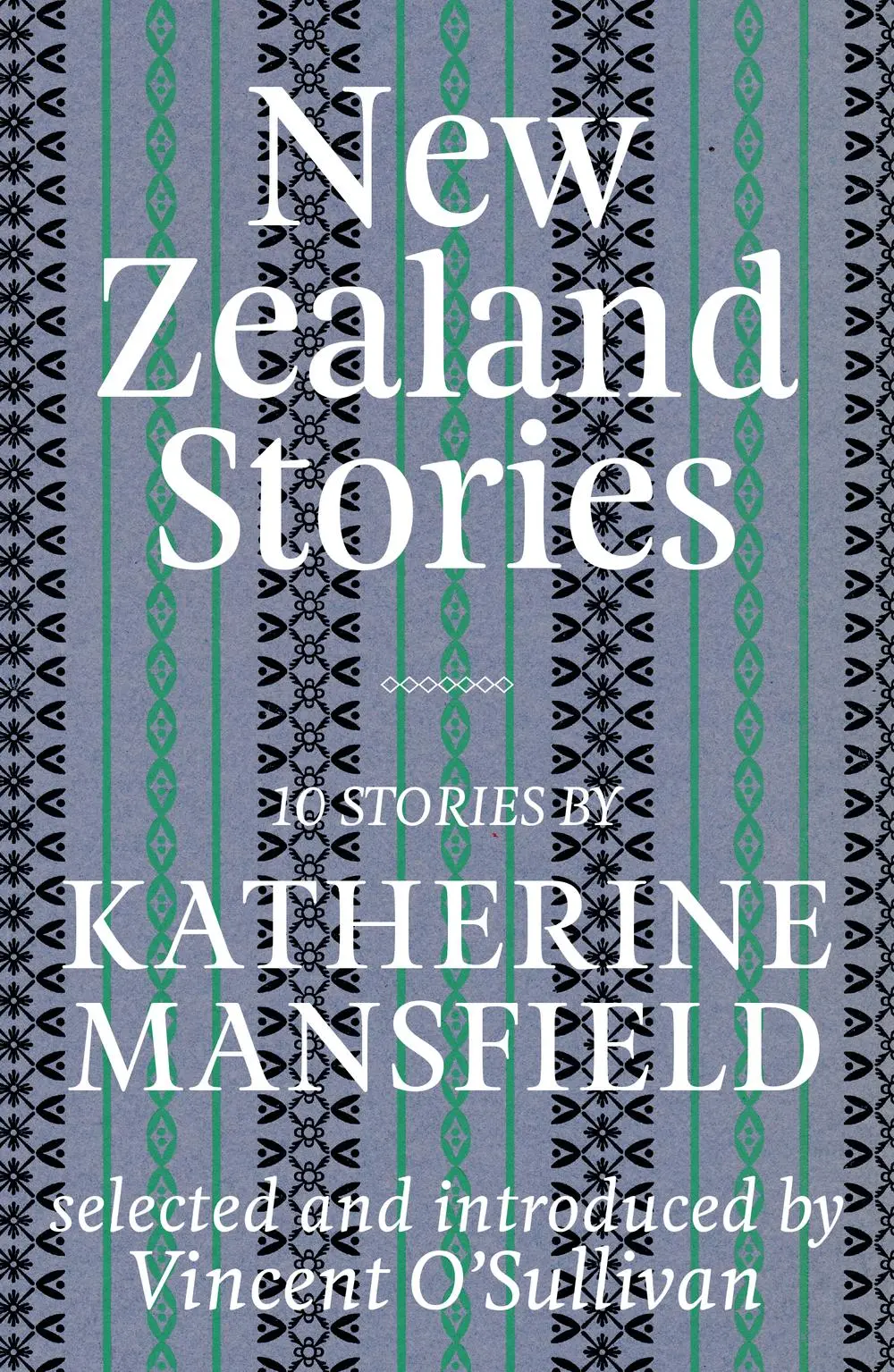New Zealand Stories

Ten stories from the ‘brilliant’ Katherine Mansfield set in New Zealand.
As Vincent O’Sullivan states, those encountering Mansfield’s stories for the first time have invariably found they ‘were alive, they were witty, they were moving, they covered new ground’. But with about 70 stories to choose from and a vast array of themes and approaches, where do you start, and how do you begin to understand and best appreciate her writing and achievements?
This series features selections of her best stories, grouped by subject and introduced by Mansfield scholar Vincent O’Sullivan, who is also a writer of fiction in his own right. Each volume offers a different way to view Mansfield’s work. This selection includes her most-loved stories about the New Zealand of her childhood. As O’Sullivan explains, his choices cover ‘everything of importance that happened to her, that she observed and experienced, between childhood in Wellington’s wooden houses, to her deciding in Switzerland in July 1922 that her final paragraph about a singing bird was the place for her to stop’.
Contents
- Title Page
- Introduction by Vincent O’Sullivan
- The Woman at the Store
- How Pearl Button was Kidnapped
- Ole Underwood
- Prelude
- The Wind Blows
- The Stranger
- Her First Ball
- At the Bay
- The Doll’s House
- Taking the Veil
- About Katherine Mansfield
- About Vincent O’Sullivan
- Copyright
I
Until Katherine Mansfield, few writers in English would have thought of writing only short stories. If they had, they were unlikely to have been taken very seriously. It is the reason why, among her friends who were also writers, and even with critics who admired her, for the most part she was thought of as brilliant, but minor. As reviewers were quick to point out, her stories were alive, they were witty, they were moving, they covered new ground. If comparisons were made, they were likely to be with the Russian Anton Chekov, who was very much in fashion, and none admired him more than Mansfield. But it would be quite wrong to think that what she took from Chekov explained the freshness of form and method that she brought to the English short story. Much of that had to do with the fact that she wrote as an outsider — she was not English, she was part of no coterie or group, and although she had a finely incisive eye for manners and fashions, she always, whether in England or Germany or France, wrote not from the centre, but from the margins, not as a person truly at home, but as the astute outsider.
She struck some of those who knew her well as deliberately not wanting quite to belong anywhere. Virginia Woolf was rather startled by her independence, her seeming not to care whether or not she conformed. D. H. Lawrence shrewdly saw that she expected to be made rather a fuss of, while insisting on keeping her distance. Others variously saw her as suspicious, constantly on guard, quick to strike, almost expecting to be hurt. Although those who knew her best — the Russian translator S. S. Koteliansky, the Scottish painter J. D. Fergusson, the American artist Anne Estelle Rice — remembered her remarkable warmth, her extraordinary courage, others were wary. Bertrand Russell considered her more intelligent than any woman he knew, but with a dark gift for penetrating to what people preferred to conceal. Virginia Woolf’s husband Leonard thought her funnier than anyone he knew. T. S. Eliot warned Ezra Pound that she was “a dangerous woman”. Even to the next generation, among those writers who admired her work but had not known her personally, there was a curious ambivalence. While Elizabeth Bowen mourned her absence as her important missing contemporary, Bowen’s fellow Irish writer, Frank O’Connor, deplored her as “the brazen shop girl of literature”, loathing her personality and her sentimental games, yet lauded her turning herself “into a great writer”, doing what no other writer had done, and placing her, for that achievement, with Proust and Joyce.
There is another aspect of Mansfield’s life that has proved something of a problem. For several years she lived with, and then married, a man who for fifty years has taken something of a trouncing from biographers and commentators. John Middleton Murry was academically brilliant, a fine critic, an inexhaustible journalist, and roundly disliked by many of his contemporaries.
1 comment